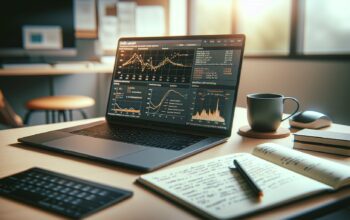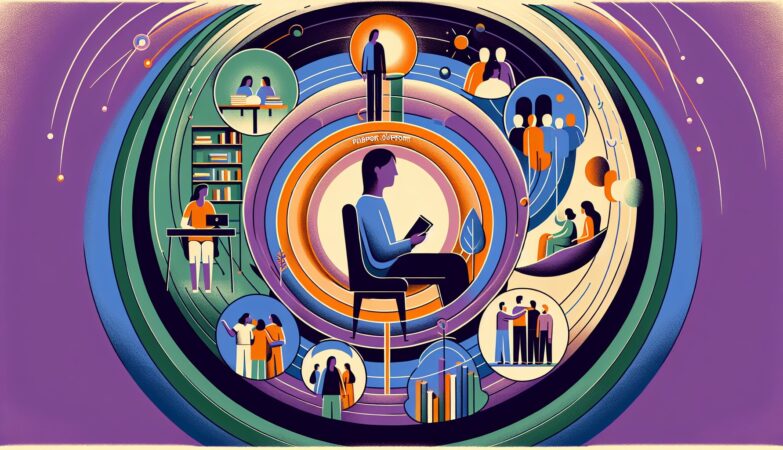We know what the prediction is. In short, the prediction is to some information which is likely to occur in upcoming future. There are lot of fortune tellers that would tell us the future. They may occur or may not occur. We won’t believe what they say. But in the computational world, the computer telling the future about something is likely to be believed. As here the fortune is told by the systems by analyzing the past data and records. Some of the successful prediction is done in forecasting the weather. Despite of their different nature, the prediction is done with some knowledge about the past elements and may be some other available information. So the thing is how is this prediction done? and here is one basic version of the sequential prediction problem.
Basically in the sequential prediction problem, the forecaster studies the elements of the sequence and guesses the next element of the sequence on the basis of the previous observation. In the classical statistical theory of the sequential prediction, the elements are assumed to be a realization of the stationary stochastic process. So in this the properties of the process is estimated on the basis of the past observation. The risk of the prediction rules can be derived from some of the loss calculating function which measures from the differences between the predicted value and the outcomes.
Without the proper probabilistic modeling, the idea of risk cannot be defined at all. Many possibilities may exist . in our basic model the performance of the forecaster is measured by the loss accumulated during many predictions.The loss is calculated by the help of some fixed loss function. To provide the better baseline, the reference forecaster is introduced. They make their forecasting before the next outcome is revealed. The forecaster can make their own outcome and take the reference forecaster outcome as an advice. This results in forecaster take their loss records to get the best outcome in further forecasting.






